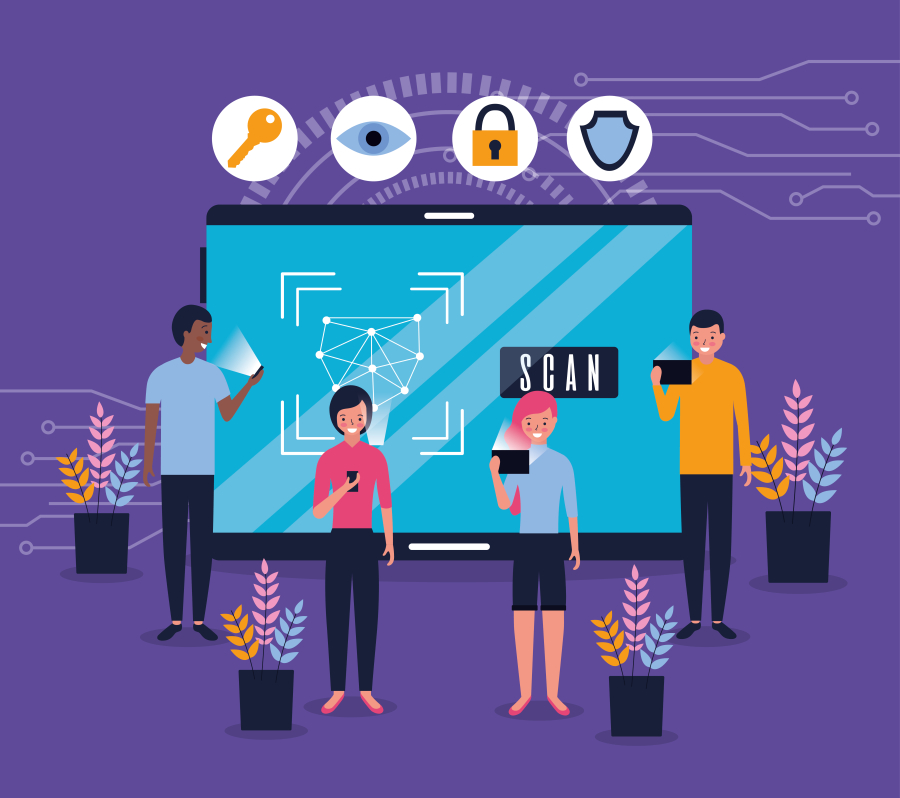How to Optimize an E-Commerce Website for High Conversions
In the world of online commerce, smooth and secure payment processing is non-negotiable. For freelance web developers and agencies alike, integrating payment gateways has become a crucial part of delivering functional and secure websites. Whether you’re working on an e-commerce platform or a service-based business website, knowing the best practices for integrating payment gateways ensures seamless transactions, client trust, and higher conversion rates. In this guide tailored for freelancerbridge readers, we’ll explore the top strategies and considerations for successful payment gateway integration from a developer’s perspective.
📘 Long Description:
As a web developer, one of your key responsibilities when building websites—especially for e-commerce, subscription-based services, or digital products—is integrating payment gateways that are secure, user-friendly, and compliant with global standards. However, improper implementation can lead to failed transactions, security breaches, or even legal issues.
This guide will walk you through best practices for integrating payment gateways, common pitfalls to avoid, and tips to ensure high-performing, secure payment processing across any project.
🚀 Best Practices for Payment Gateway Integration
🔹 1. Choose the Right Payment Gateway for the Project
Not all payment gateways are created equal. Popular options like Stripe, PayPal, Razorpay, Square, and Authorize.net offer different fee structures, country availability, and features.
Points to consider:
Client’s target audience (international or local)
Supported currencies
Transaction fees
Subscription billing support
Compatibility with existing tech stack (WordPress, Laravel, Shopify, etc.)
💡 Tip: Always involve your client in the decision-making process to choose the most appropriate payment gateway for their audience.
🔹 2. Understand the Payment Flow
Before jumping into code or API calls, it's essential to understand how a payment transaction flows:
Typical Flow:
Customer enters payment info.
Data is sent to the payment gateway.
Gateway processes and verifies the info.
Server receives confirmation of success or failure.
Customer receives transaction result (via UI and email).
Knowing this structure helps in debugging and creating a smoother experience.
🔹 3. Use Official SDKs or APIs
Whenever available, always use the official SDKs or APIs provided by the payment gateway. These are updated frequently to include the latest features and security measures.
Benefits include:
Faster development time
Fewer bugs
Built-in fraud protection and tokenization
Better documentation and community support
🔹 4. Ensure PCI Compliance and Use Tokenization
Handling raw credit card data can be risky. To stay compliant with PCI DSS (Payment Card Industry Data Security Standard), use tokenization where the payment gateway handles the card info and returns a secure token.
Why this matters:
Reduces your liability
Improves site security
Simplifies audit and compliance efforts
Platforms like Stripe and PayPal already offer tokenized methods to avoid handling sensitive data directly.
🔹 5. Prioritize UX in the Payment Process
Your technical implementation should never come at the cost of a good user experience. A clunky payment form can cause cart abandonment and lost sales.
UX Tips:
Use inline forms or modals rather than redirecting to third-party sites
Minimize the number of form fields
Show visual feedback (loaders, success/failure messages)
Allow guest checkout
Ensure responsiveness for mobile users
🔹 6. Test in Sandbox Mode First
All reliable payment gateways offer a sandbox environment for testing. Use it thoroughly before pushing to production.
What to test:
Successful payments
Failed payments (wrong card, expired card, etc.)
Refund process
Webhook delivery and response handling
🔹 7. Secure API Keys and Webhooks
Protect your payment gateway credentials by:
Storing API keys in environment variables
Not exposing them on the frontend
Validating webhooks using secret signatures
Using HTTPS for all transactions and callbacks
Neglecting this can expose sensitive payment data and client info.
🔹 8. Handle Errors Gracefully
Payment failures can happen due to various reasons—network issues, insufficient funds, invalid details. Make sure your application:
Clearly informs users of the error
Logs errors server-side
Allows retry or alternative payment options
This creates a smooth customer journey even in failure scenarios.
🔹 9. Offer Multiple Payment Options
To maximize conversions, integrate multiple payment methods like:
Credit/Debit Cards
Net Banking
UPI
Wallets (PayPal, Apple Pay, Google Pay)
Buy Now Pay Later (Klarna, AfterPay)
Giving users flexibility improves satisfaction and success rate.
🔹 10. Keep Monitoring and Optimizing
Once live, don’t ignore your payment integration. Continuously:
Monitor failed payments
Update SDKs and libraries
Review user feedback
Track conversion rates
Improve based on analytics
An optimized payment system can increase revenue, reduce churn, and improve client retention.
📌 Bonus Tip: Localize Payment Experience
If your client serves users in different regions, localize currency, language, and payment methods. For example:
Razorpay works well in India
Stripe supports Apple Pay in the US
MercadoPago is great in Latin America
Localization improves trust and reduces friction.
🧠 Conclusion:
Payment gateway integration is not just about coding—it's about creating a safe, efficient, and seamless transaction experience for users. As a developer, your ability to choose the right tools, ensure compliance, and optimize the user journey can make a significant difference in your client's business success.
Whether you’re building a full-scale e-commerce site or a digital service platform, applying these best practices will ensure your payment system is reliable, secure, and customer-friendly.
By following these strategies, you can position yourself as a skilled and reliable web developer on freelancerbridge, trusted for delivering high-converting and secure websites.


 by Emily
by Emily




